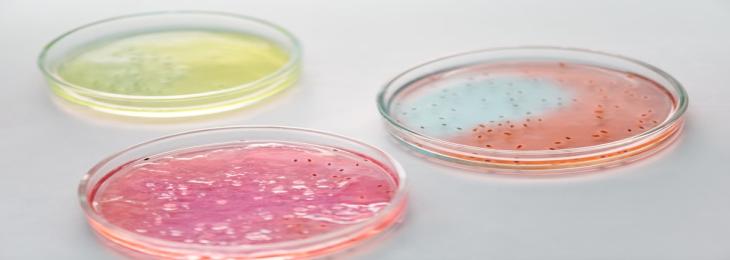Nov, 2021 - By WMR

Researchers found a way to produce Martian rocket fuel from microbes that could be used for future mars explorers to return back to earth.
Researchers at the Georgia Institute of Technology developed a technique to create rocket fuel on mars to power a space rocket using microbes transported to the planet, carbon dioxide, sunlight, and frozen water native to the planet. According to the study published in the journal Nature Communications on October 25, 2021, the newly developed technology includes shipping two microbes to mars; a cyanobacteria (algae) to produce sugar from CO2 of Martian atmosphere and sunlight, and an engineered E. coli to turn the sugar into a Mars-specific fuel.
As per the scientists, a Mars Ascent Vehicle (MAV) with crew members on board would need 30 tonnes of liquid oxygen and methane to carry payload weighing 1,100 lb (500kg) into orbit, where methane would require to be obtained from earth making the whole procedure costly and adding more weight to the vehicle. To cut down the cost of this procedure, the team thought of using cyanobacteria and engineered E. coli to produce the Martian fuel, 2,3-butanediol. Moreover, to supply enough oxygen to the spacecraft, 44 tonnes of additional oxygen could be produced by this new technique.
Furthermore, in order the produce the fuel, samples of the microorganisms and plastic materials that are required to set up photobioreactors would be sent before the main mission. The cyanobacteria would take sunlight and carbon dioxide from the atmosphere to produce sugars, and E. coli bacteria would be fed these sugars to create oxygen and 2,3-butanediol. According to the scientists, this process would be more efficient, yet it would be three times as heavy. The team now plans to find ways to scale down the equipment and make them lighter as well as to speed up the biological process and make it more efficient.

We will be happy to help you find what you need. Please call us or write to us: